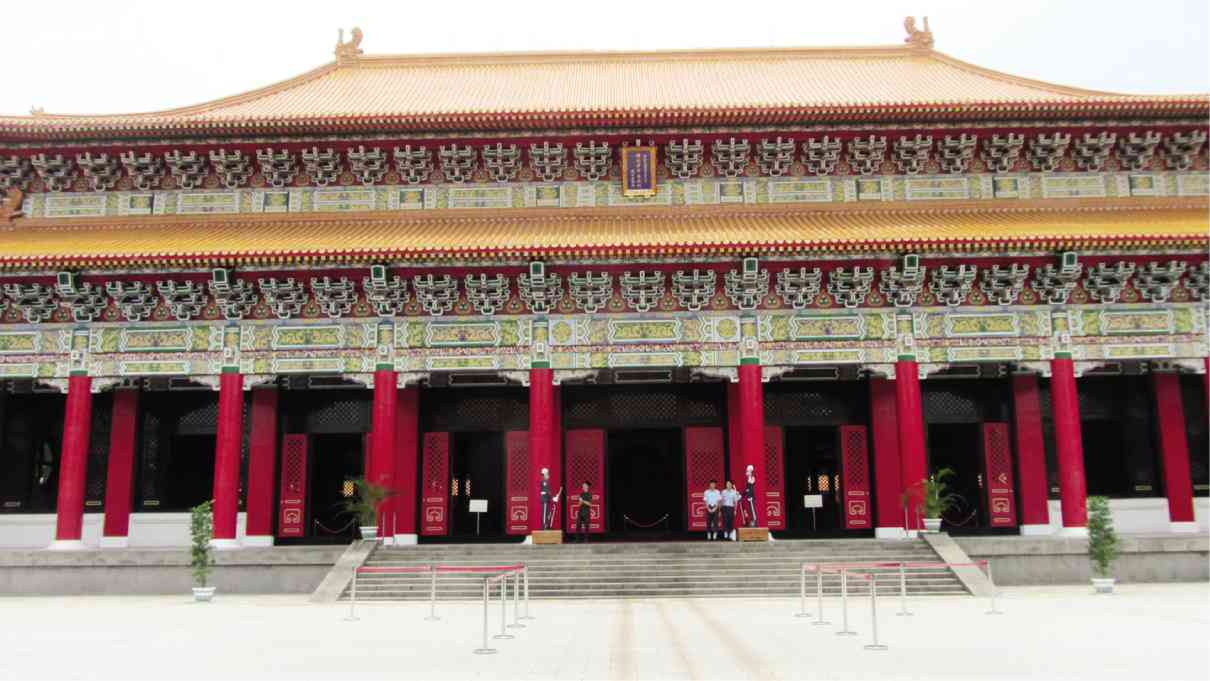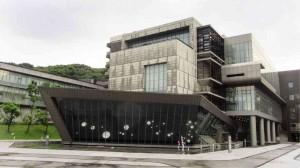
Think culture and Taiwan may not be the first place to come up in most people’s minds. In fact, as a destination, this island-state immediately north of the Batanes group of islands doesn’t loom large within the consciousness of most Filipino travelers.
For shopping, most people head to Hong Kong or Shanghai; and for a dose historical fix, there is Beijing and its imperial monuments.
But as we discovered over one weekend, one can have all of this and more in the city of Taipei.
From Manila, a smooth two-hour flight aboard Eva Air landed us at Taipei’s Taoyuan International Airport, where our media
group, hosted by Taiwan tour specialist Jeron Travel Inc., immediately set about to explore this bustling city.
Taipei is a small city with a big ambition best embodied by its iconic 21st-century landmark: Taipei 101 Tower. Rising at 508 meters, the 101 is designed to look like a bamboo reaching into the sky.
A 37-second elevator ride (currently the fastest in the world) atop the 89th floor and we were greeted with an unobstructed panoramic introductory view of the city and its environs.
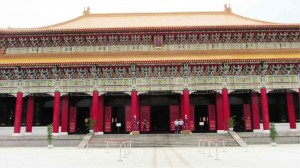
Back on ground level, Taipei’s streets bustle with commerce and motorbikes. By Chinese standard, it’s a young city which boasts none of the antiquities from China’s imperial past.
The landmarks are from the city’s recent history. Chief among these is the Chiang Kai-Shek Memorial Hall, built in 1975 in honor of Taiwan’s modern founder, Kuomintang leader Chiang Kai-Shek.
The memorial holds a fascinating exhibit on the life and times of the generalissimo from his rise as as a general to founding president of Republic of China, Dr. Sun Yat Sen, to his anti-Communist exploits during 1930s Chinese civil war, and finally to his relocation to Taiwan in 1949.
Martyr’s Shrine
Another landmark connected to the island’s Chinese Republican past is the National Revolutionary Martyr’s Shrine, built in 1969.
Its architecture is said to be reminiscent of Forbidden City’s Hall of Supreme Harmony in Beijing. The main hall contains the spirit tablets of the 300,000 soldiers who fought for and died in various battles over the last century.
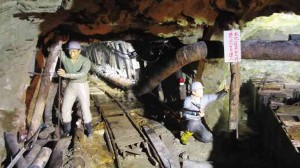
Both shrines hold changing-of-the-guard ceremonies every hour, which add poignancy to the historical significance of both places to the Taiwanese people.
Located on the northern part of Taiwan, Taipei makes for an easy base to explore the island’s northeastern region. The suburban area immediately outside the city proper is known locally as the New Taipei and contains a wealth of attractions, all within an easy hour-and-a-half train or bus ride away.
The charming town of Pingxi is known for its handcrafted wishing lanterns that are released to the sky.
The beach-resort town of Fulong holds the annual Taiwan Sand Sculpting Championship and the Hohaiyan Rock Festival which attracts young groupies for a day of concert music, sea breeze and sand art.
Gold Museum
From Fulong, a scenic drive along the Yilan coast facing Pacific Ocean brought us to the Gold Museum in the hill town of Jinguashi. It was here were we got to experience the Taiwanese

technological flair in the conservation of its historic sites.
The museum is located inside a former gold mine established during Taiwan’s Japanese colonial period in the early 20th century. Opened in 2004, this is the first ecological museum in Taiwan, which harnessed community power to preserve Jinguashi’s history and mining heritage, thus injecting a new vibrancy to the otherwise abandoned town.
On site, didactic interpretations take visitors back to the town’s gold-mining glory days, when it even merited a visit by the then crown-prince (and eventually emperor) Hirohito of Japan, who stayed in a specially built chalet which is preserved to this day.
Visitors can also walk through a section of the old tunnels to get a feel of the environment the miners worked in.
And to cap off your mining experience, a quick and fun lesson on gold panning is provided where one gets to keep whatever gold one finds.
Nearby, the former gold-rush town of Jiu Fen has been transformed into an artists’ haven and street-food market. Where once coal-miners and World War II Allied POWs labored is now a delightful tourist town of Taiwanese delicacies, artisanal shops and creative enterprise.
All of this in a charming hill-top setting that overlooks the harbor and the Pacific.
Thanks to innovative heritage-based tourism planning, the tourist dollar is now the new gold in Jinguangshi and Jiufen.
Science museum
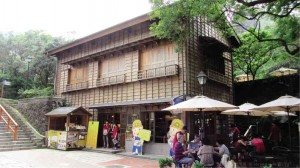
Also worth a visit is the new National Museum of Marine and Science Technology in nearby Keelung City.
The museum is in the fishing town of Baodozi in what used to be the North Thermal Power Plant built in 1937. Today, the old facility has been adaptively reused to house this institution for marine biological education.
Highlights include thematic displays at its 10 exhibition halls that tackle diverse marine-related subjects such as fishery science, naval architecture, the people’s culture and the sea.
Kids at heart can frolic around the exploration zone or catch an underwater show at the 3D IMAX theater.
Impressive displays aside, what is remarkable with the NMMST is that its design was based on the goal of bringing back vibrancy to fishing town through an integrated approach that combines outdoor plazas, shops, restaurants, biking trails and highland parks. This new development has put little Baodozi on the tourism map.
Food and shopping
Back in Taipei, a full day’s sightseeing is best capped off with two things the city is known for: food and shopping. And for this, we head over to trendy Ximending for a night-out of bright
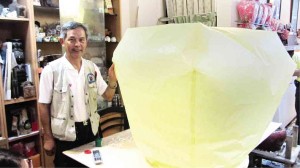
lights and youth culture.
Over at the more traditional Shilin Night Market, we shop till we drop at its bargain boutiques while satisfying our craving for traditional street-food favorites such as oyster omelette and the odoriferous tofu.
Tradition-meets-high-tech-and-heritage, such was our weekend cultural experience of Taiwan, an island so easy to savor and one that will surely touch your heart.
For more information on cultural tours to Taiwan, visit Jeron Travel and Tours at www.jerontravel.com.
Ivan Man Dy is tour guide of Old Manila Walks (www.oldmanilawalks.com). He is finishing his Master of Arts in Cultural Heritage Studies at University of Santo Tomas.
PHOTOS BY IVAN MAN DY

